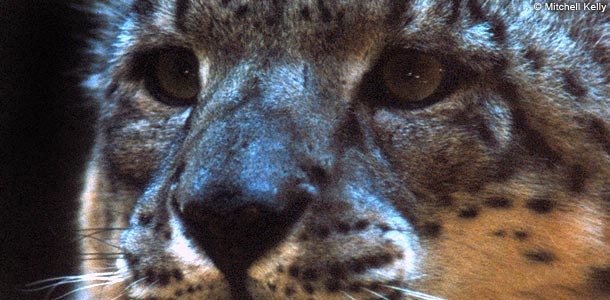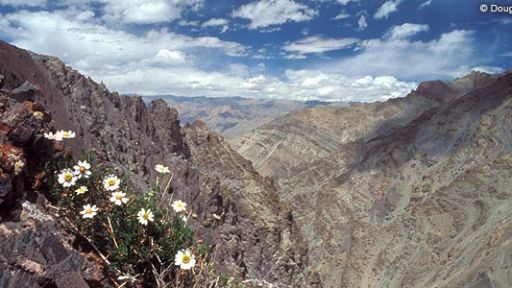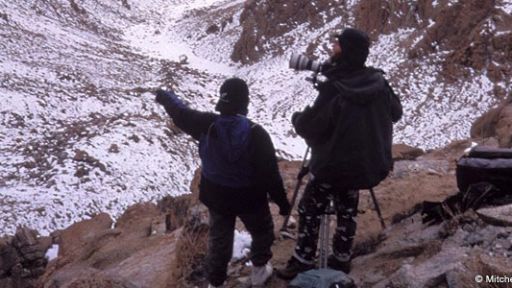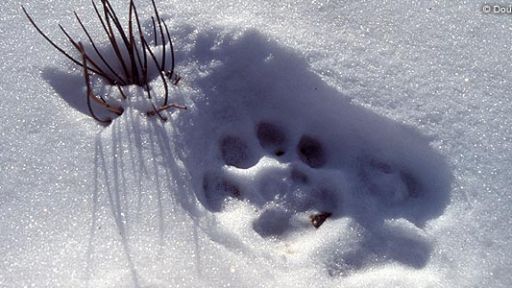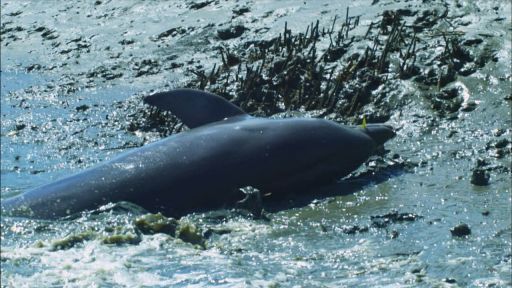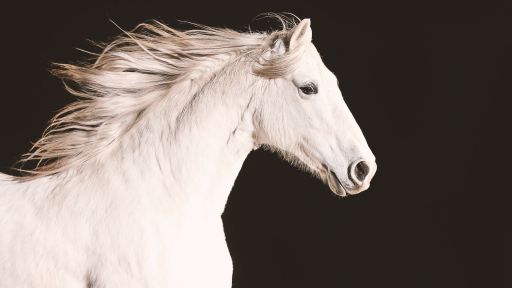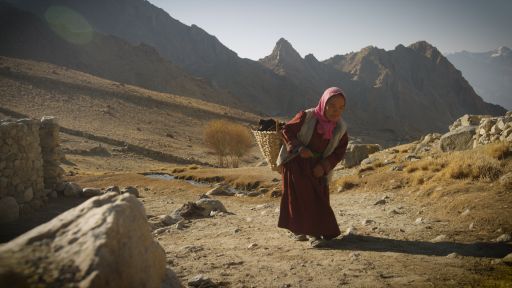In NATURE’s Silent Roar viewers meet Rodney Jackson, one of the world’s leading snow leopard biologists and conservationists. Jackson, who has 25 years of experience in the field, directs the Snow Leopard Conservancy. The organization works with local communities in India and elsewhere to develop strategies for protecting snow leopards, including helping local residents protect their livestock from predation. Jackson prepared the snow leopard section of the IUCN-World Conservation Union’s Status Survey and Conservation Action Plan for Cats, the major blueprint for wildcat conservation. Jackson spoke with NATURE from the Conservancy’s California office.
How did you become interested in snow leopards?
I was born in Africa, in what is now Zimbabwe, and I came to the U.S. in the 1960s to get a degree. I always assumed that I would go back to Africa and work on wildlife conservation there. But this was the late 1960s, and it was hard to get a job. Then, a little later, I saw the first picture of a wild snow leopard published in NATIONAL GEOGRAPHIC, and I said: “Wow! I have to see one of those for myself.”

Rodney Jackson, director of the Snow Leopard Conservancy |
In 1975, I ended up in a very remote area in Nepal that looked like a very good habitat for snow leopards. I found their signs [marks] and saw plenty of evidence of poaching of snow leopards and their prey. I quickly realized we would have to do something if this cat was going to survive. We didn’t really know anything about snow leopards back then. So in the early 1980s, I received funding to go back to Nepal with my partner Darla [Hillard] and biologist Gary Ahlborn. We worked with a Nepalese biologist to produce the first radio-tracking study of snow leopards. It took four and a half years, and remains the seminal study done so far.
What did you discover?
We found that the cats have worked out interesting ways of sharing a common piece of turf without being there at the same time. To communicate, they mark rocks and make scrapes on the ground. This allows the animals to know who is around, and to rotate through the same area, to share it. We found we had one of the highest densities of snow leopards ever reported — about 10 to 12 animals per 100 square kilometers. Even so, we hardly ever saw them.
What’s changed during the time you’ve been working on snow leopards?
One big change is that in the early days, there was very much a policing attitude on the part of governments when it came to snow leopards. They passed laws making it illegal to hunt them, but they couldn’t enforce them in remote areas where snow leopards are most common. Nor was it easy, with their limited budgets, for rangers to patrol such rugged habitat. So I realized that the future of the species rests very strongly with local communities. I believe stewardship by locals is really the best and only long-term, sustainable conservation strategy.
How does that work?
First you have to deal with snow leopards the way that many local people see them: as a pest. Across its range, the snow leopard is really seen as a problem because it attacks and kills livestock. The biggest problem is multiple losses. A leopard will enter a livestock pen at night — the pen keeps the livestock in, but not the predator out — and its hunting instinct will be triggered repeatedly. It can kill 30, 50, or 100 animals, and that is a catastrophe for the livestock owner.
So our job is to transform conflict into coexistence. We involve the communities right from the beginning — from women and children to elders. This allows us to blend traditional knowledge with scientific information. One of the first steps is to come up with a plan to predator-proof the night corrals. We’ve learned that it’s very important to share the costs, so our efforts aren’t seen as just a handout. Local people may provide labor and some of the materials, like stone for higher walls. We buy materials that they can’t afford — wire mesh, a good door, and a lock. With a new pen, we’ve made it possible for the herders to go home at night and not have to sleep on the cold ground outside the pen.
But a predator-proof corral doesn’t solve the whole problem. There is still predation out on the open range. So another part of the balance is to find ways to increase household income. One way to do that is through nature tourism. We’ve helped organize home-stay programs where trekkers can stay in local homes, or we’ve trained local people as guides that can show visitors snow leopard signs. All these economic incentives are then linked together with a monitoring program that helps keep track of the local snow leopards. We’re even training people to set up the camera traps.
Is it working?
It really is working, and local people’s attitudes about snow leopards are changing. Rinchen Wangchuk, our field director in India, told me recently: “At first the villagers could not understand why we had chosen for our organization the name of a despised predator. Today, their sentiments are echoed in the words of one: ‘Wild animals are like the ornaments of our mountains!'”
This tells us that our work is effective. In our India program area, we know the snow leopard population has remained pretty stable over the last two years, at about eight per 100 square kilometers. However, there have been some changes. For example, the dominant male seen in the film has been replaced by a younger male.
You sound optimistic about the snow leopard’s future.
Yes and no. I’m optimistic, but the snow leopard is not safe across its complete range. Snow leopards are found in 12 countries, in an area about the size of the Western United States. They are basically tied to mountain ranges with few people. We know the population has gone down, but not exactly by how much. And there is a growing threat in China, from people who want to buy the bones and so forth for medicines. So the future remains unclear. But whenever we start to feel down, we remember that for every village’s livestock pens made predator-proof, we save at least five snow leopards.

